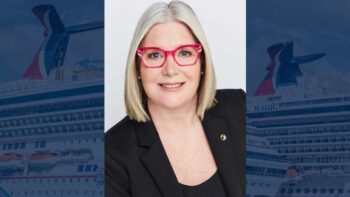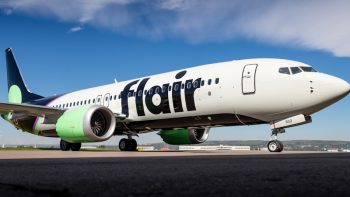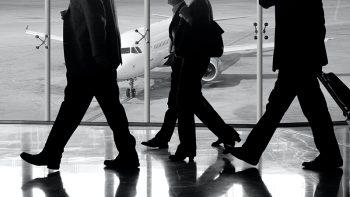
Canada’s largest airport is limiting the number of passenger flights that will be allowed to take off and land during the busiest spring break and summer travel times.
The GTAA told Reuters it’s also capping the number of international arrivals - or pax departing to the U.S. - on an hourly basis.
The operator of YYZ didn’t say what those limits on pax and planes were, telling Reuters only, "The GTAA has taken decisive measures designed to flatten peak-hour schedules for the March break and the upcoming summer season."
Its statement added, "These slot measures strike a balance between airline commercial interests and the capabilities of the entities across the entire airport ecosystem."
Other international airports - including two airport titans LHR and AMS - instituted caps during travel chaos in summer 2022.
As Open Jaw has reported, Schiphol had kept extending its caps through fall and winter due to ongoing labour shortages, according to Business Travel News. But in JAN, it announced it would end its limit on passengers from 26MAR, 2023, at the start of Europe’s summer high season.
However, it was forced to amend its plans, and according to Reuters, announced on 21FEB it would be limiting the number of departing pax during Europe’s May vacation season. It notes that the limit - 66,000 pax - is much higher than the stringent caps imposed during summer 2022 chaos, but is “still 8% below 2019 levels.”
LHR has dropped its 2022 caps, but confirmed to Reuters that “ad hoc flights would not be added to peak scheduling times during the summer” of 2023.
YYZ’s newly-imposed flight and passenger caps will have an impact on Canada’s airlines.
According to the report, Air Canada has already accounted for the GTAA’s caps in its schedules. However, WestJet told Reuters the limits "have created hurdles and required adjustments when planning our transborder and international flying."
In fact, YYZ has already been limiting transborder flights “for several months” due to what it calls “staffing levels” of border agents and air traffic controllers. The report says NAV Canada claims its air traffic controllers are up to 1900 from 1700 in 2021, but that’s still 100 lower than pre-pandemic.






